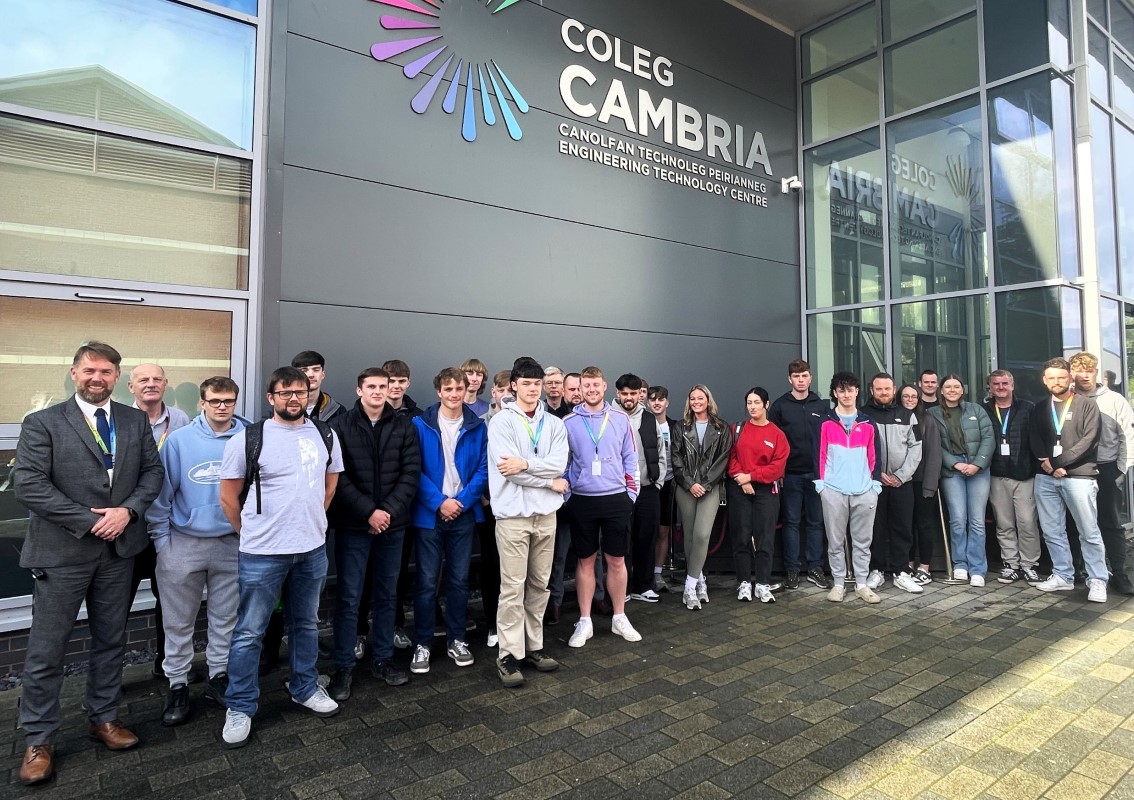How Can Automation Improve the Student Experience?

Technology has transformed our society in many ways and one of the most predominant is by enabling instant access to information and services, no matter the time of day. As such, students, who are largely digital natives, expect their university experience to adhere to the efficiencies they encounter in their everyday lives.
However, the Higher Education (HE) industry is lagging in its ability to serve its students in a way that reflects these technological advancements, which, in some cases, can lead to a frustrating student experience. While access to efficient tech has long been introduced to empower people’s educational experience, the administrative arm of many universities are still struggling to keep pace.
Day-to-day admin activities that support enrolment, inductions, exams, graduations, and general student enquiries are still managed manually for the most part. This not only slows down communication with students who demand rapid responses, but also means that university staff are stuck completing low-value and monotonous tasks. Instead, they could be focussing on exciting initiatives that can elevate the student experience, contributing to positive outcomes and growth.
Intelligent platforms, such as those that use Robotic Process Automation (RPA), Artificial Intelligence (AI), and Machine Learning have the power to transform the workflow at universities, which will ultimately save time and resources, while enabling a better experience for staff and students alike.
Why is Digital Transition Important?
Universities can benefit from taking a commercial approach. Successful outcomes rely on treating the student as a customer. Like consumers, students are investing in the economic future of a business, and they are potential advocates of the brand and services – the best advertisement you could ask for. In addition, as with commercial ventures, institutions are competing on a global scale to win over prospective students. Therefore, they should be following in the footsteps of successful businesses in improving their tech offering.
Forrester – a global market research organisation – reports that 40% of companies are expected to increase customer interactions via digital platforms, and 15% are prioritising digital transformation entirely.
With this in mind, it is increasingly necessary for universities to give the student what they want, which is better, more intuitive processes to remain relevant within HE and guarantee engagement from prospective students. This is particularly important given their average age and expectations.
Gen Z, those around the typical student age, is the first generation born with 24-hour access to the Internet and social media. This influence means they are used to taking to the web to solve issues and have an expectation of efficiency. For example, 85% of Gen Z prefer to deal with chat or automated customer services online, over making a phone call, according to Hootsuite.
However, at present, HE institutions are struggling to adapt to these demands, with most universities held back by outdated and inefficient legacy systems.
How Digital Transition Benefits Students and Staff
With the use of intelligent platforms, including chatbots and automation, repetitive tasks can be taken care of rapidly without the need for human input. Not only does this save on administrative costs, but in many circumstances, it offers the student a quicker service. This means they won’t be forced to wait to contact their university during office hours for basic requests. Instead, they can rely on bots and automation tools that will act on their instruction immediately.
The University of East London recently trialled an intelligent automation solution to undertake its annual Clearing process. Previously, this process took 435 hours to complete and involved the recruitment of 50 temporary staff members to manually transfer 1300 records from its internal systems to UCAS. The automation function was set up in just two weeks and resulted in a 93% reduction in transfer time, without any human intervention. Student records were dealt with in two minutes compared to the 20 minutes it had taken before, ensuring rapid response for applicants and a dramatic cost saving for the university.
Not only can the introduction of Intelligent Automation do wonders for a university’s support service, but it can also increase staff engagement and productivity, by taking over mundane and repetitive tasks, while allowing employees to focus on where they can add real value for students.
How it Can Be Implemented?
Given that more than a third of HE students are reporting they are unhappy with their academic experience, according to last year’s ONS survey, it is time to improve the support they receive. Digitised services can offer this in abundance, meaning they must be executed sooner rather than later to attract forward-thinking students.
These changes may appear daunting to universities that have used the same systems for years. However, digital transition over rapid transformation can provide the perfect antidote to inefficiency for the time being. Referencing the University of East London example, the system took just two weeks to implement and didn’t require any changes to the systems already in place.
“Intelligent Automation services can be layered across current legacy systems so transformation can be introduced at a comfortable pace.”
This isn’t something that needs to happen overnight, it can take anything between two to five years to introduce a fully robust system. However, a delay in making the decision to optimise will leave universities on the back foot and open to defeat from competitors.
Having said that, it is key that challenges in procurement should be tackled to allow more freedom for innovation. Of course, procurement is essential given the way in which universities are funded. However, it should be a more agile process to secure cost-effective tech, as opposed to a barrier for HE institutions to provide quality services to students, while actually saving costs and resource.
As it stands, there are usually limited funds for implementing updated services before a full tender must be completed. These kinds of delays can inhibit a student’s access to services over the long term which could be the difference between them choosing one institution over another.
Universities Must Act Now
As time goes by, universities are left at real risk of falling behind as technology continues to advance beyond what is already on offer.
Those that choose to adopt intelligent services sooner rather than later are likely to attract students who value quick responses and support offered outside of traditional office hours. Furthermore, given that HE options are becoming diversified with eLearning now first choice for many – having grown by 900% since 2000 – it’s imperative that universities can effectively deliver remote courses, without outdated and inefficient tech holding them and their students back.
Ultimately, with experts on hand to help universities save money by establishing which processes should be automated first, there should be no deterrent in improving the student experience while also cutting costs – which could be used for investment into better practices that will make the institution’s offering even more inviting for the long-term.
By Alistair Sergeant, Founder and CEO of digital consultancy, Equantiis











Responses